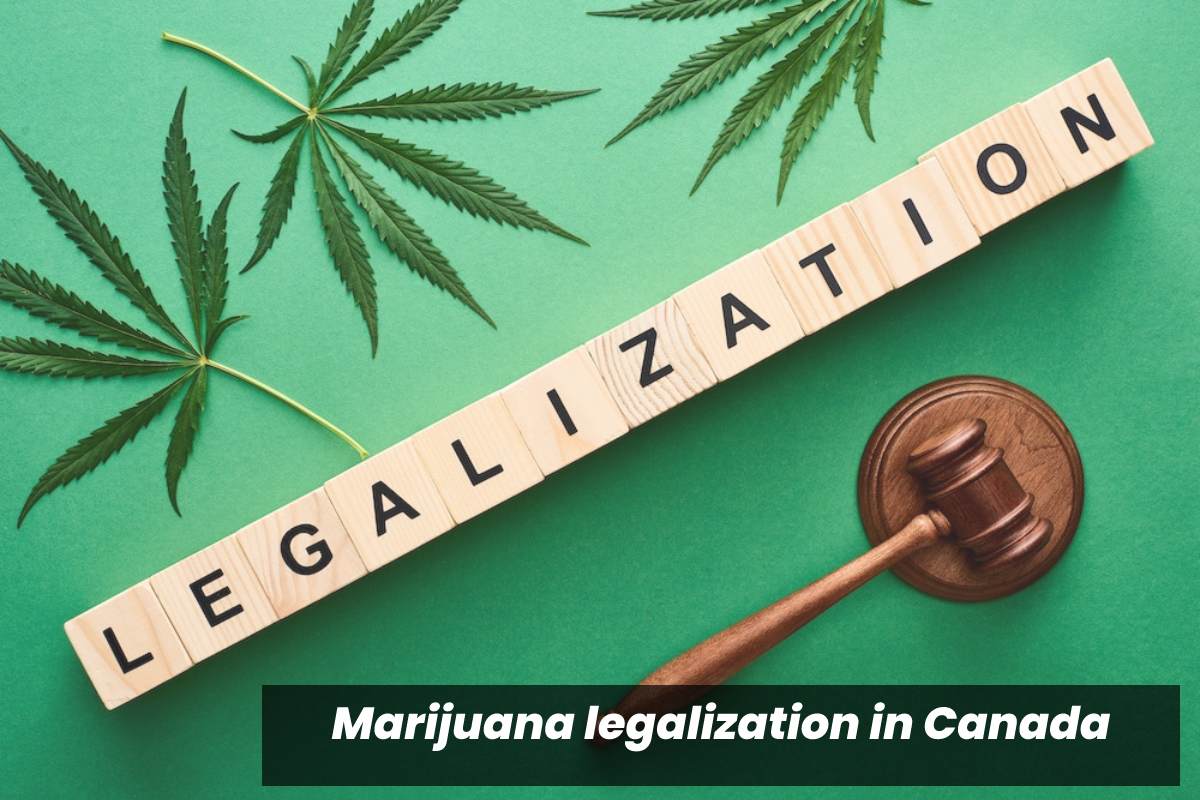Workday HCM and finance is one of the best ERP systems companies can deploy. The system has various features to enable the companies to meet various needs and diversify organizational capabilities. The capabilities keep expanding as businesses, the workforce, and other changes occur in the business environment. These systems have constant updates to meet all the company’s needs and to boost performance through various software and features.
The software system is one of the most diverse systems offering different capabilities within the same software and platforms. It helps mainly in human resources and financial capabilities to help companies effectively manage their financial and human resources. It also performs other functions closely related to these two key functions. Here are some parts you should anticipate from workday HCM and finance software.
Table of Contents
1. Financial risk management
Organizations face financial risks such as economic recession, losses, over-expenses, and declining sales. The Workday services offer different financial tools and services which enable the company to analyze the market and the environment to predict future risks and eliminate them
The data analytics reports enable businesses to generate different reports about company performance, which can be used to determine the company’s financial health and institute measures to stop the bleeding. The tools enable companies to have the right financial risk management tools, which can help businesses deal with risks from different sources.
The compliance tools within the services enable the business to comply with various financial rules to prevent fraud and other harmful financial practices. The devices can also help the company forecast any possible based on historical data to predict risk and alert the critical decision makers.
2. Boosting audit and internal control processes
Organizations must have more robust internal control and audit processes to ensure compliance with various regulatory standards. Audits are also critical for risk and error prevention by providing all company practices are practical and profitable. It helps to streamline the financial and accounting internal control processes to ensure constant audits to prevent any financial mistakes and to evaluate the business’s economic performance.
The workday support system is necessary to identify the internal and top issues using different audit reports and dashboards. The workday services enable the organization to implement constant audit processes and enable the company to independently enforce audit practices before hiring external auditors.

3. Talent acquisition and retention
Recruitment plays a significant role in the company and ensures the business has the skills and expertise to meet its objectives and needs. Workday provides recruitment software that enables you to gauge different applicants and measure the degree to which they meet the requirements and whether they have the right skills to meet the organizational objective.
Instead of overlying on the human resource management team, which can sometimes be biased, leading to hiring the wrong employees. The system replaces most human resources functions, ensuring the final candidates are what the company needs.
After hiring, the workday services will provide you with the HCM solution, which enables the HR team to ensure employees are well compensated, trained, and motivated. It can help the HR department determine employee satisfaction levels that trigger an instant response, boosting employee retention.

4. Workforce and resources planning
Human resources play a significant role in supporting other departments through workforce resource planning. HR departments will use different systems provided by workforce plans and organization activities to perform various functions.
It enables the company to schedule the staff based on location, skills, experience, costs, and performance. The systems ensure that all departments have the resources to accomplish various tasks effectively.
The HCM solutions enable businesses to diagnose the organization’s processes, structures, and protocols. This will help the organization to find the HR problems existing in the company structures to eliminate talent gaps that will affect the completion of various duties. The diagnosis and problem-solving capabilities will help the organization meet its business goals.
5. Revenue management capabilities
To facilitate investment activities and capital available for business growth and expansion, revenue management is critical for organizations. The workday services provide tools to reinforce various revenue management activities. It helps the company to control the revenue management cycle to enable the business to go through different revenue cycles, such as business development growth.
The tools provided include contract-to-cash processing, which monitors all the capital generated from different contracts. The other tools are project billing which monitors and controls the money that goes into various projects.
Automated intercompany transfers are necessary for monitoring financial transactions between companies for supply and goods purchases.
You can also get profitability reporting tools that monitor the profits from different revues. This tool is critical for ensuring the profits are used for investment and expansion purposes.
6. Employee learning and growth
Businesses facilitate employee learning in various ways, such as training and motivation. However, companies cannot support employee learning and growth if they do not know areas of deficiency. The HCM and financial solutions will help the company diagnose the human resources differences and then determine how to train them to bridge the gap and provide them with the right skills and experiences.
The system delivers an interactive learning experience and customizes the workforce training and experience to ensure the training meets the business and company needs. The data obtained from the systems are used within the employee life cycle to ensure you provide different working condition support needed to boost productivity.
Through such sharing experiences, companies can have multiple occasions to do various activities because of their skills and expertise.

7. Employee benefit management
Employees are motivated when they have the right benefits and the company takes care of their needs. HCM solutions enable the organization to odder and monitor workforce benefits such as retirement, insurance plans, wellness, flex option, and other leave day offers.
With such benefits, companies can retain their labor and ensure employees are always happy to do their work to their best capabilities and commitment.
Workday software can also adjust quickly to environmental changes and adopt new working practices and benefits associated with such practices as remote working. These benefits ensure employees are well covered and their needs fully met.
Conclusion
Workday HCM and Finance can support businesses by streamlining HR and finance functions within the organization. It enforces strict audit measures, proper revenue cycle management strategies, and business financial risk management. For the HR functions, it helps with talent recruitment, retention, and creating strategies to boost human resources’ impacts on the organization.








